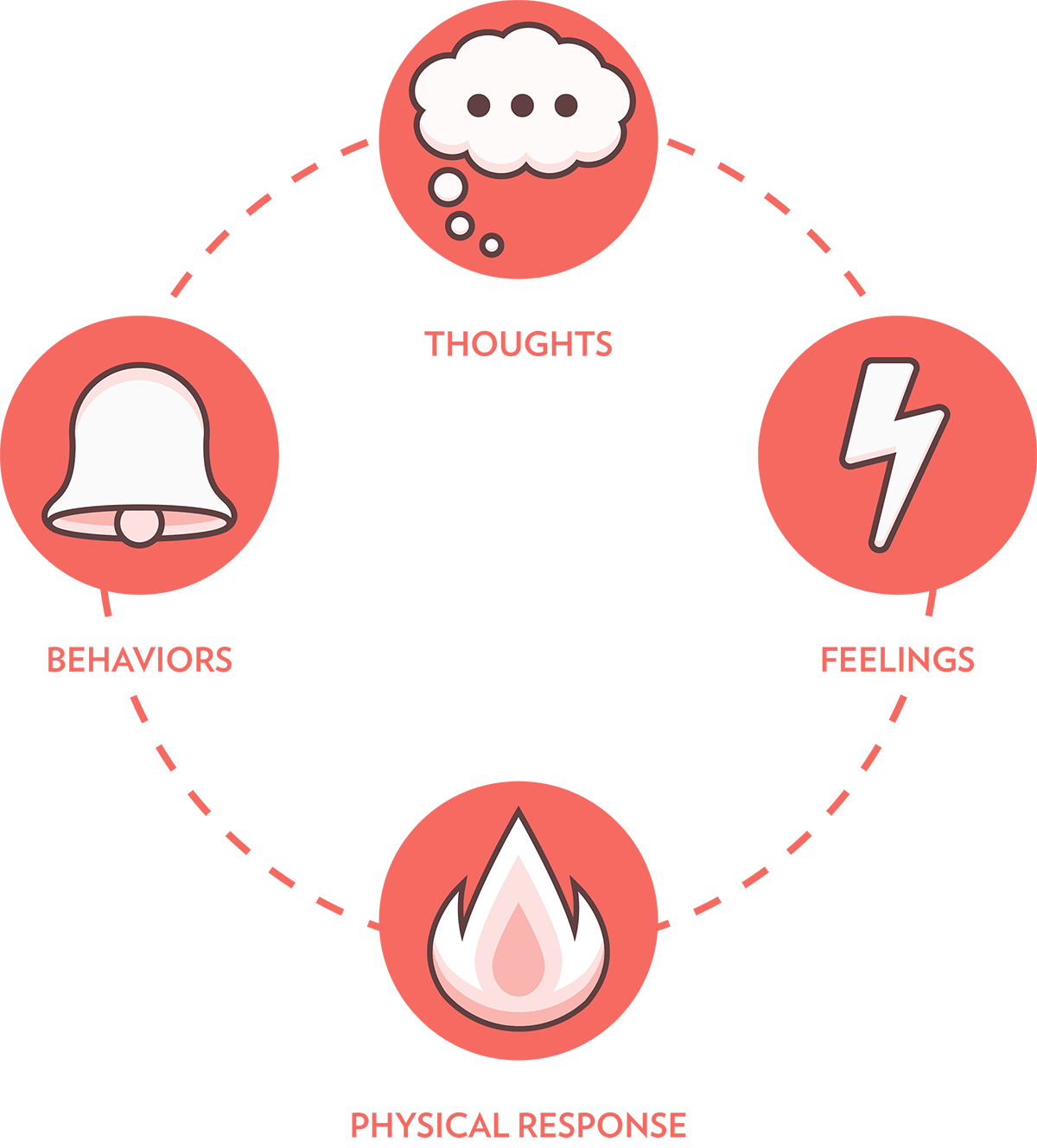

Relatively recent therapeutic techniques that address PTSD include EMDR (eye movement desensitization and reprocessing,) that uses eye movements to overcome the negative effects stemming from traumatic life events. Deep breathing, and to the extent a sufferer can learn it-meditation, are superb ways to get back to a more relaxed baseline. Beyond learning about specific triggers and either avoiding or mitigating them, developing a protocol that addresses the components of the Cognitive Triangle: thoughts, feelings, and actions, is the key to managing the disorder.įor thought management, techniques that incorporate mindfulness, relaxation, and self-soothing are helpful. Patient education and social support are important initial factors in managing PTSD. Triggers falling into the internal category encompass a wide spectrum of emotions: anger, anxiety, sadness, loneliness, vulnerability, and a lack of trust are representative of feelings that can bring about PTSD.Įxternal triggers like anniversaries, seeing a particular place or person, or even a holiday can promote a PTSD incident as well. Gaining awareness of the specific thoughts, feelings, or environmental factors that bring about PTSD is the logical first step in protecting oneself. PTSD symptoms can be triggered by internal and external stimuli. The severity of the symptoms must also be considered to be severe enough to interfere with relationships. At least two cognition and mood symptoms.

At least two arousal and reactivity symptoms.NIH guidelines indicate the following conditions for having PTSD, all lasting longer than one month: Since this is not practical, there are excellent strategies for managing both the internal and external stimuli that can bring about an attack.

In a perfect world it would be ideal to altogether avoid PTSD stimuli. Working through PTSD is possible, but requires consciousness about its triggers along with developing behavioral discipline consisting of adaptations and specific exercises that can ameliorate and eventually eliminate its bad effects. Although danger is a common element for bringing about PTSD in the first instance, not everyone with PTSD has been through a dangerous or scary experience. The residual effects of a shocking or scary event can continue for months (or even longer,) and make people feel stressed and frightened when their PTSD is triggered, despite not being in danger. The physical and emotional strain of PTSD can become a struggle for some people and it can linger in the form of panic attacks and other behavioral manifestations that interfere with daily life. Home » Anxiety » The Internal and External Triggers of PTSD The Internal and External Triggers of PTSD


 0 kommentar(er)
0 kommentar(er)
